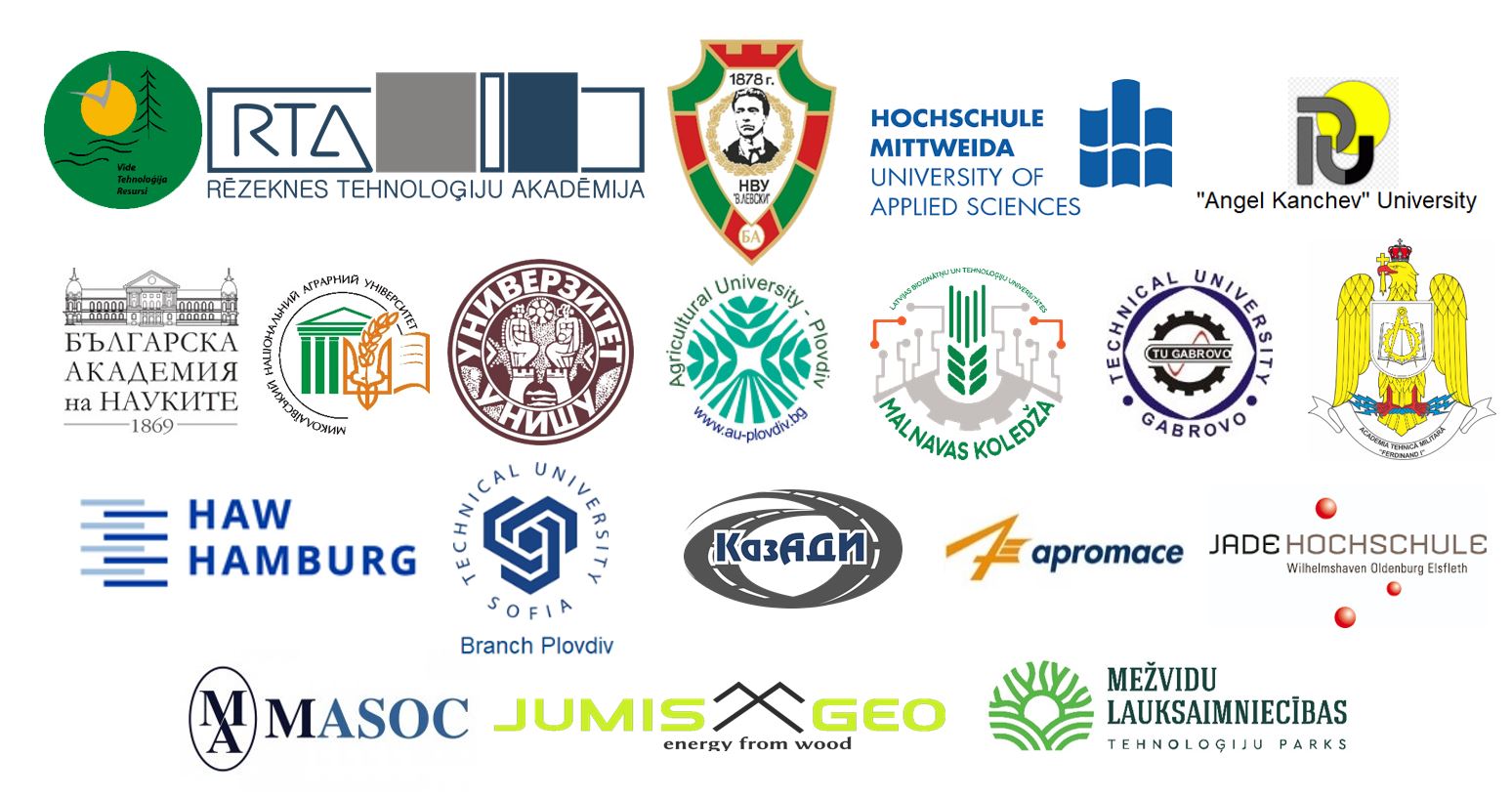A METHOD FOOTBALL TEAM MODEL OPTIMIZATION AND APPLICATION OF THE OPTIMIZATION CONTROL
Last modified: 09.04.2019
Abstract
Keywords
References
[1] W. Deng, H. M. Zhao, J.J. Liu, X.L. Yan, Y.Y. Li, L.F. Yin, C.H. Ding, "An improved CACO algorithm based on the adaptive method and multi-variant strategies", Soft Computing, vol. 19 no. 3, (2015), pp. 701- 713.
[2] D. N. Wilke. Analysis of the particle swarm optimization algorithm, Master's Dissertation, University of Pretoria, 2005.
[3] Natika W. Newton, Understanding and Self-Organization, Front Syst Neurosci. 2017, Mar 2. doi: 10.3389/ fnsys. 2017.00008
[4] D. N. Wilke, S. Kok, and A. A. Groenwold, Comparison of linear and classical velocity update rules in particle swarm optimization: notes on diversity, International Journal for Numerical Methods in Engineering, Vol. 70, No. 8, pp. 962–984, 2007.
[5] P. Engelbrecht. Fundamentals of Computational Swarm Intelligence. Wiley, 2005.
[6] Eberhart RC, Shi Y (2000) Comparing inertia weights and constriction factors in particle swarm optimization. In: Proceedings of IEEE congress evolutionary computation, San Diego, CA, pp 84–88 10.
[7] Kennedy J (2006) Swarm intelligence. In: Handbook of nature-inspired and innovative computing. Springer, New York, pp 187–219 13.
[8] Talbi EG (2009) Metaheuristics: from design to implementation. Wiley, UK 14. Shi Y, Eberhart RC (1998) Parameter selection in particle swarm optimization. In: The proceedings of evolutionary programming VII (EP98), pp 591–600 15.
[9] W. Deng, R. Chen, B. He, Y.Q. Liu, L.F. Yin, J.H. Guo, “A novel two-stage hybrid swarm intelligence optimization algorithm and application”, Soft Computing, vol. 16, no. 10, (2012), pp. 1707-1722
[10] Pedersen MEH (2010) Good parameters for particle swarm optimization. Hvass Laboratories Technical Report HL1001
[11] Bansal JC, Singh PK, Saraswat M, Verma A, Jadon SS, Abraham A (2011) Inertia weight strategies in particle swarm optimization. In: Third world congress on nature and biologically inspired computing (NaBIC 2011), IEEE, Salamanca, Spain, pp 640–647
[12] Kaveh A, Talatahari S (2010) A novel heuristic optimization method: charged system search. Acta Mech 213(3–4):267–289 42 2 Particle Swarm Optimization
[13] Qian X, Cao M, Su Z, Chen J (2012) A hybrid particle swarm optimization (PSO)-simplex algorithm for damage identification of delaminated beams. Math Probl Eng, Article ID 607418, p 11
[14] Chen WN, Zhang J, Chung HSH, Zhong WL, Wu WG, Shi Y (2010) A novel set-based particle swarm optimization method for discrete optimization problems. IEEE Trans Evol Comput 14 (2):278–300
[15] Gomes MH (2011) Truss optimization with dynamic constraints using a particle swarm algorithm. Expert Syst Appl 38:957–968
[16] Kaveh A, Zolghadr A (2011) Shape and size optimization of truss structures with frequency constraints using enhanced charged system search algorithm. Asian J Civil Eng 12:487–509

